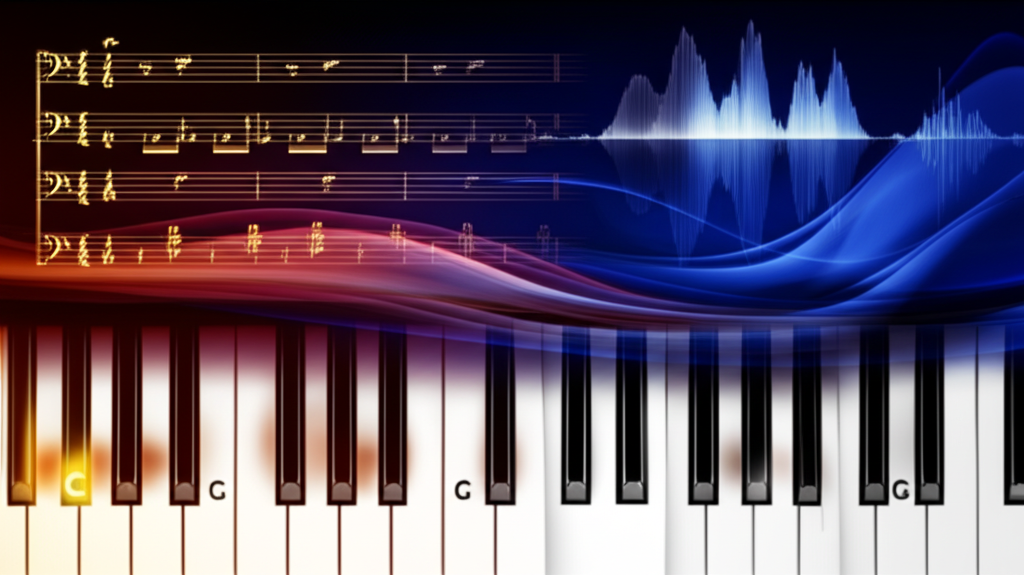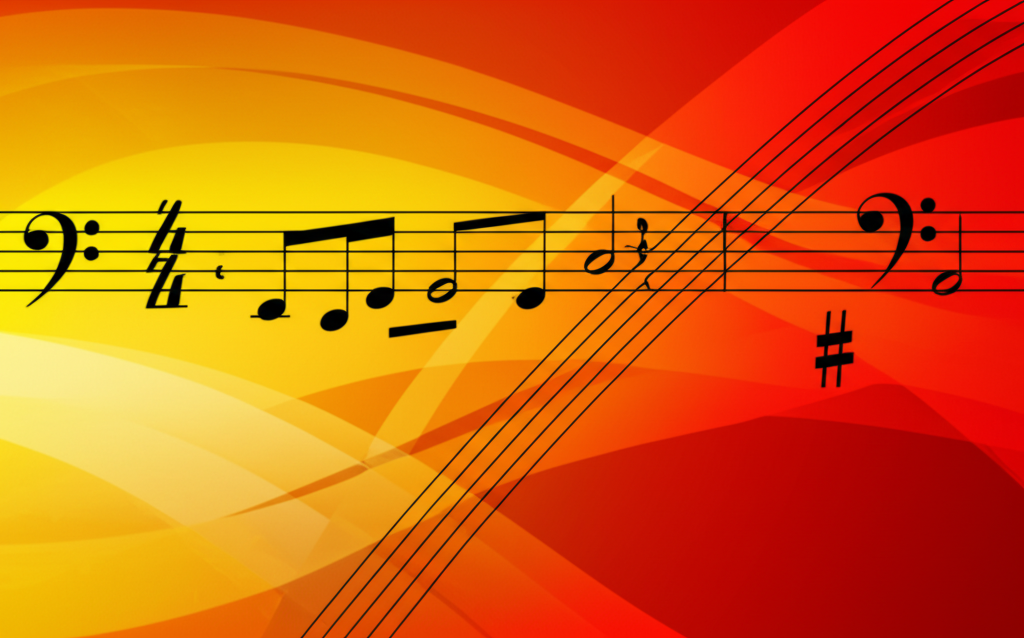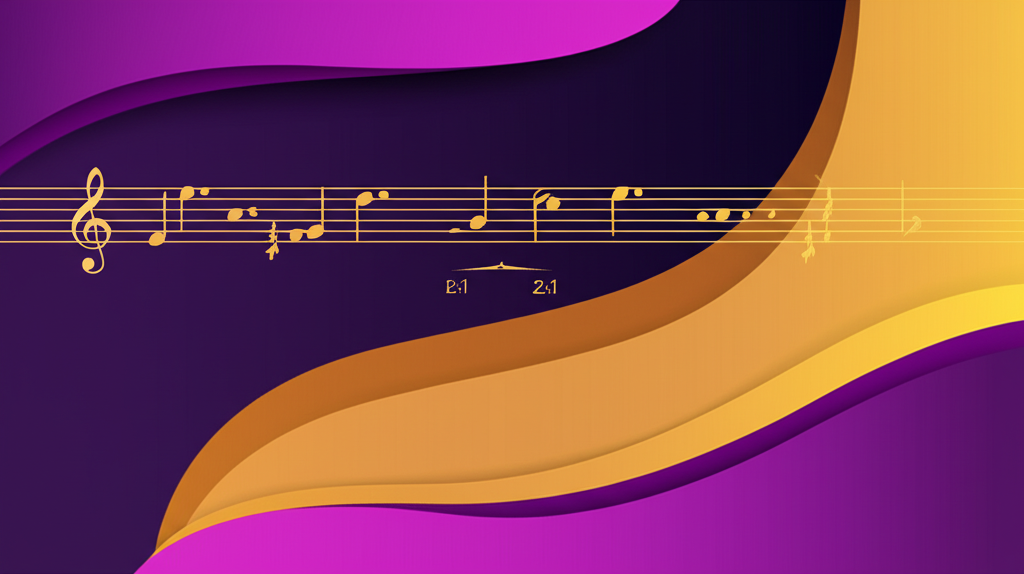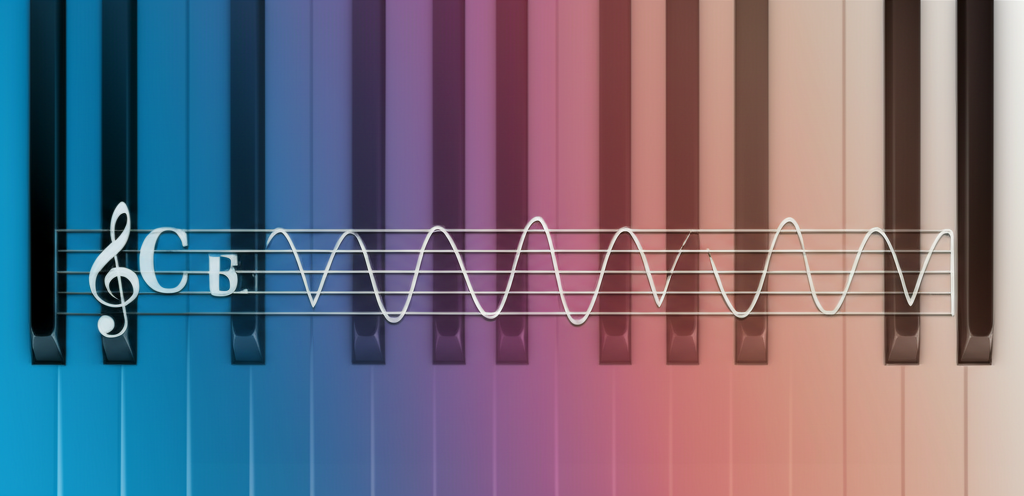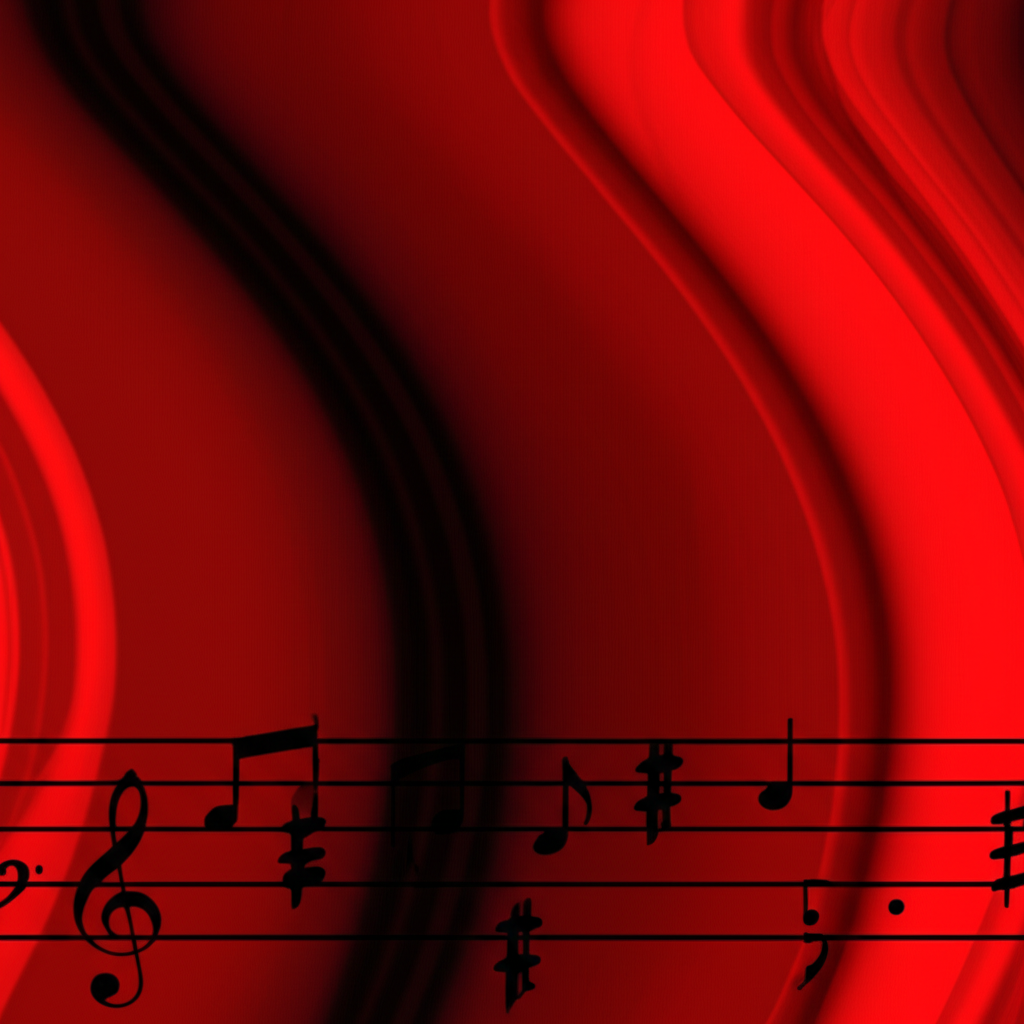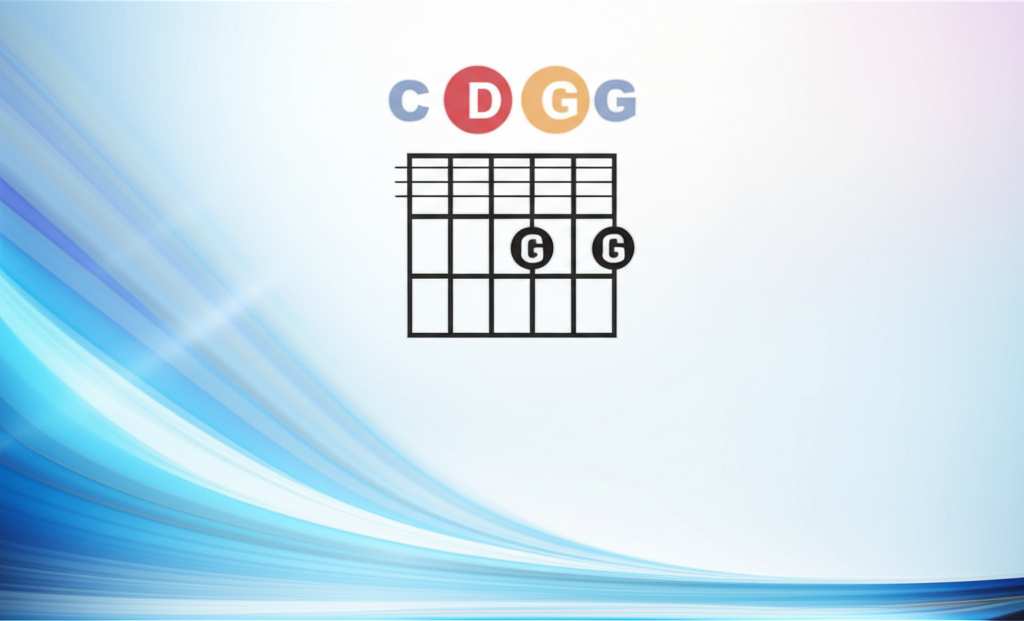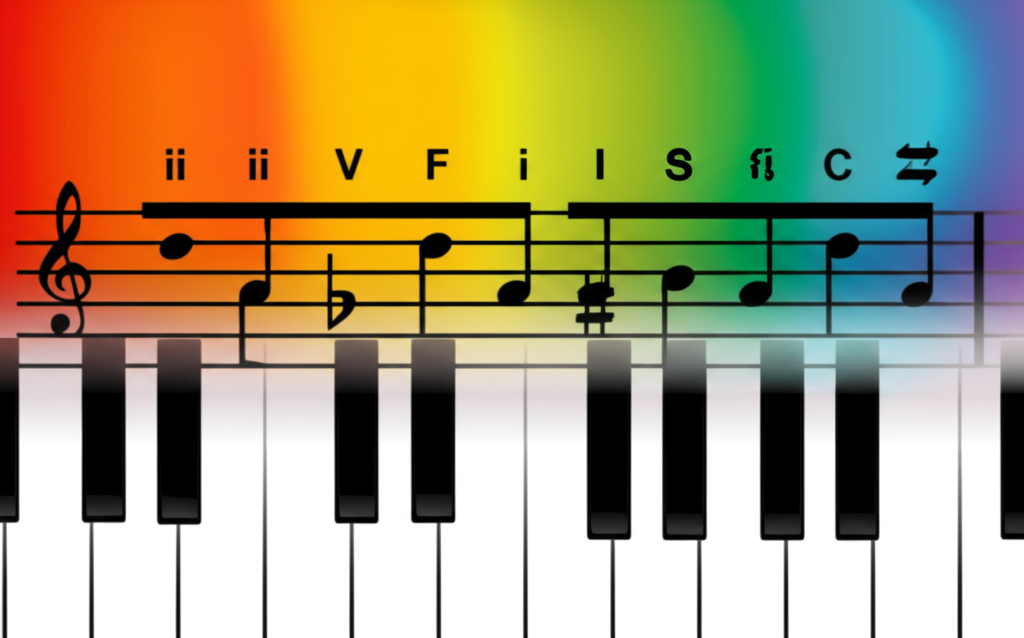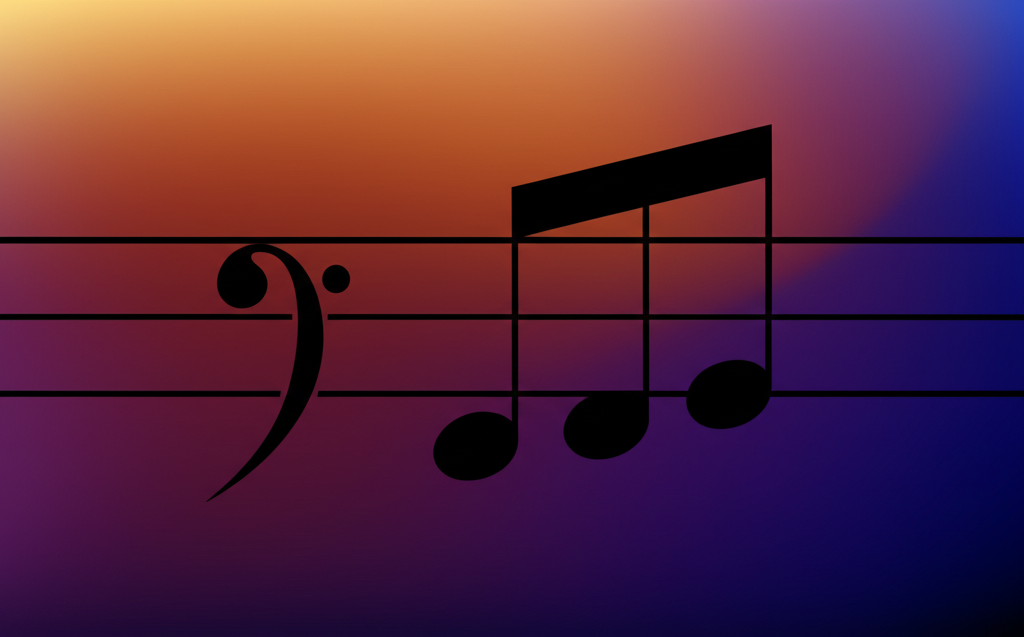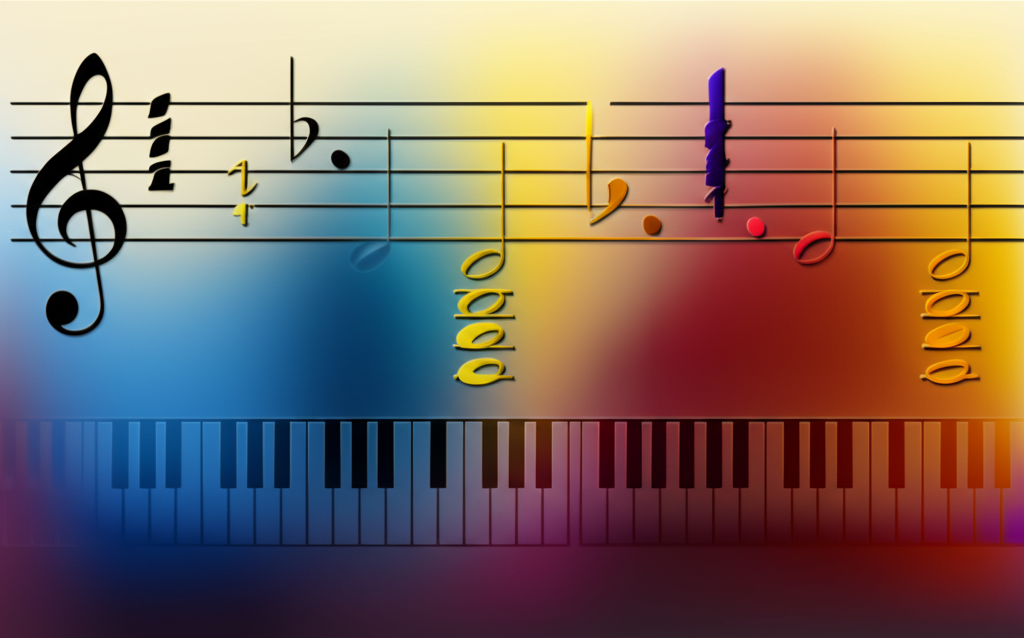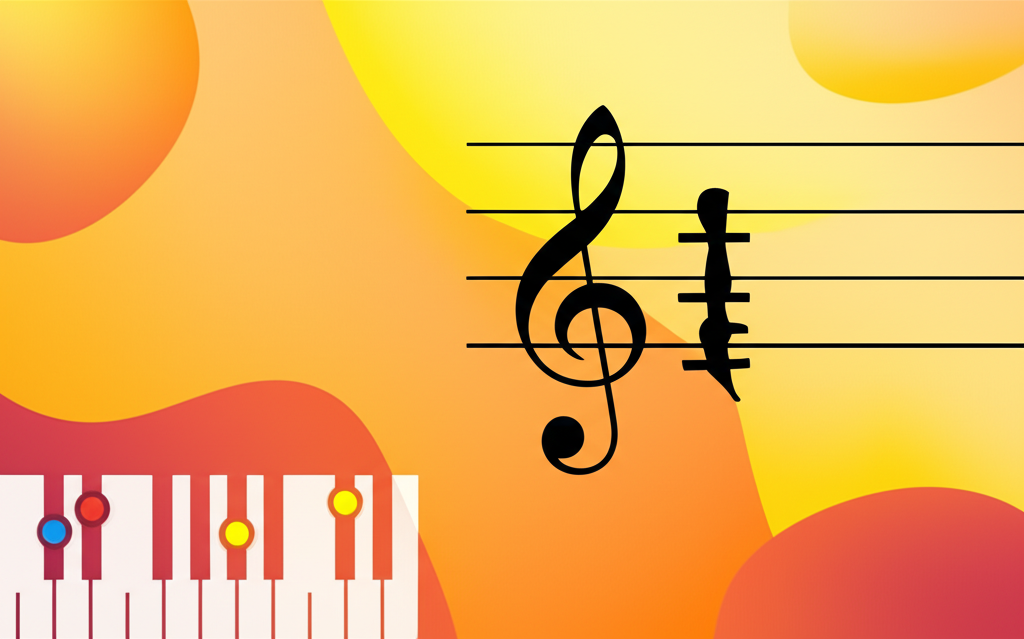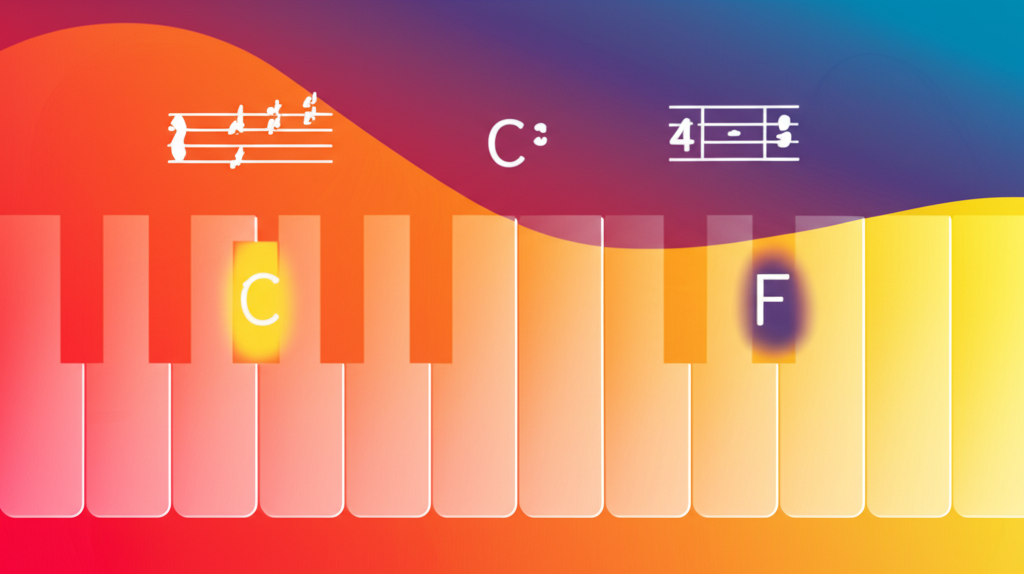
Perfect Fourth Interval: The Foundation of Musical Stability

b4n1
June 14, 2025, 12:53 a.m.
Perfect Fourth Interval: The Foundation of Musical Stability
Summary:
The perfect fourth interval, spanning five semitones, is one of the most stable and consonant intervals in Western music. This fundamental interval appears in countless musical contexts and serves as the basis for quartal harmony, suspension, and many classical compositional techniques.
Keywords:
Perfect fourth, interval, consonance, quartal harmony, suspension, subdominant, fourth chord, medieval music, parallel fourths, perfect consonance.
Introduction:
The perfect fourth interval stands as one of the most historically significant and acoustically pure intervals in Western music. Spanning exactly five semitones (two and a half whole steps), this interval has been considered a perfect consonance since ancient times and forms the foundation of many musical systems worldwide.
From the ancient Greek theoretical systems to modern jazz harmony, the perfect fourth has maintained its importance as both a melodic and harmonic building block. Its unique character—stable yet slightly open—makes it invaluable for creating tension and resolution in musical compositions.
Structure and Measurement:
A perfect fourth interval consists of:
- Distance: 5 semitones (half steps)
- Alternative measurement: 2.5 whole steps
- Frequency ratio: 4:3 in just intonation
- Cents: 498 cents in equal temperament
The perfect fourth is called "perfect" because it maintains the same quality regardless of whether it appears in major or minor keys. Unlike major and minor thirds, which change quality between different key signatures, the perfect fourth remains constant.
Examples of Perfect Fourths:
C to F (5 semitones)
D to G (5 semitones)
E to A (5 semitones)
F to B♭ (5 semitones)
G to C (5 semitones)
Examples:
C to F Perfect Fourth:
Perfect Fourths in C Major Scale:
Sus4 Chord (Using Perfect Fourth):
Historical Significance:
The perfect fourth has a rich historical importance in Western music:
- Ancient Greece: Considered one of the perfect consonances alongside the octave and perfect fifth
- Medieval music: Used extensively in organum and early polyphony
- Renaissance: Began to be treated more carefully due to its potential dissonance in certain contexts
- Baroque and Classical: Often used in suspension figures and voice leading
- 20th century: Rediscovered in quartal harmony and modern jazz
Acoustic Properties:
The perfect fourth's 4:3 frequency ratio makes it one of the most consonant intervals after the octave and perfect fifth. This simple mathematical relationship creates a stable, resonant sound that has been valued across cultures and musical traditions.
In the harmonic series, the perfect fourth appears as the interval between the third and fourth harmonics, contributing to its natural, consonant character.
Applications in Harmony:
Quartal Harmony:
Modern composers and jazz musicians often build chords using stacked perfect fourths instead of traditional thirds, creating a distinctive harmonic color:
Quartal Chord Example:
Suspension:
The perfect fourth is commonly used in 4-3 suspensions, where the fourth temporarily delays the resolution to the third of a chord, creating harmonic tension and release.
Subdominant Relationship:
In tonal music, the perfect fourth above the tonic leads to the subdominant (IV chord), establishing one of the most important harmonic relationships in Western music.
Melodic Applications:
The perfect fourth appears prominently in melodies across many genres:
- "Amazing Grace": Opens with a perfect fourth leap
- "Here Comes the Bride": Features a descending perfect fourth
- "Auld Lang Syne": Contains several perfect fourth intervals
- "Love Me Tender": Uses perfect fourths for melodic contour
Melodic Fourth Example:
Cultural Variations:
The perfect fourth appears in musical traditions worldwide:
- Celtic music: Traditional Irish and Scottish melodies frequently use perfect fourths
- Native American music: Many traditional songs are built on perfect fourth relationships
- Asian music: Chinese and Japanese traditional music often emphasizes perfect fourths
- Folk traditions: European folk songs commonly feature perfect fourth intervals
Modern Applications:
Jazz:
Jazz musicians extensively use perfect fourths in:
- Quartal chord voicings
- Melodic improvisation
- Chord substitutions
- Modal harmony
Contemporary Classical:
20th and 21st-century composers have rediscovered the perfect fourth as a compositional tool, using it to create harmonic language that moves beyond traditional major-minor tonality.
Popular Music:
Perfect fourths appear in rock, pop, and folk music, often creating memorable melodic hooks and distinctive harmonic progressions.
Ear Training and Recognition:
Developing perfect fourth recognition skills:
- Reference songs: Use "Here Comes the Bride" or "Amazing Grace" as memory aids
- Scale context: Practice identifying fourths within major and minor scales
- Interval comparison: Compare with perfect fifths (its inversion) and tritones
- Harmonic recognition: Learn to hear fourths in chord progressions and suspensions
Perfect Fourth Recognition Exercise:
Technical Considerations:
Intonation:
In just intonation, the perfect fourth has a frequency ratio of exactly 4:3, while in equal temperament it's slightly different (498 cents vs. 498.04 cents). This difference is minimal but can be important in certain musical contexts.
Voice Leading:
Perfect fourths require careful voice leading in traditional harmony. While consonant, they can create parallel motion issues if not handled properly in part-writing.
Inversions and Relationships:
The inversion of a perfect fourth is a perfect fifth (7 semitones), creating a complementary relationship where these two intervals together span exactly one octave (12 semitones).
Perfect Fourth and Fifth Relationship:
Common Misconceptions:
- Always consonant: While generally stable, perfect fourths can sound dissonant in certain harmonic contexts
- Simple to use: Despite their stability, perfect fourths require skillful handling in traditional harmony
- Limited application: Perfect fourths are actually incredibly versatile across many musical styles
Fun Facts:
- The perfect fourth is the basis for many tuning systems, including the ancient Greek tetrachord.
- In medieval times, perfect fourths were considered more consonant than thirds.
- The interval appears naturally in the harmonic series and in many acoustic phenomena.
- Some cultures base their entire musical systems primarily on perfect fourth relationships.
- The perfect fourth between F and B in the major scale is actually an augmented fourth (tritone), not a perfect fourth.
Practical Exercises:
For Composers:
Try writing melodies that prominently feature perfect fourths, or experiment with quartal harmony in your chord progressions.
For Performers:
Practice perfect fourth intervals on your instrument, paying attention to intonation and the interval's unique character.
For Listeners:
Listen for perfect fourths in different musical styles and notice how they contribute to the overall harmonic and melodic character.
Conclusions:
The perfect fourth interval represents one of music's most fundamental and versatile building blocks. Its historical importance, acoustic stability, and wide-ranging applications make it essential knowledge for any serious student of music theory and practice.
From ancient Greek theory to modern jazz harmony, the perfect fourth continues to serve as both a stable foundation and a source of creative exploration. Understanding its properties and applications will enhance your musical comprehension, composition skills, and performance abilities.
Whether you're analyzing Bach chorales, improvising jazz solos, or writing contemporary songs, the perfect fourth offers endless possibilities for musical expression and structural clarity.
References:
Aldwell, E., Schachter, C., & Cadwallader, A. (2018). Harmony and Voice Leading (5th ed.). Cengage Learning.
Kostka, S., & Payne, D. (2018). Tonal Harmony: With an Introduction to Post-Tonal Music (8th ed.). McGraw-Hill Education.
Persichetti, V. (1961). Twentieth-Century Harmony: Creative Aspects and Practice. W. W. Norton & Company.
Levine, M. (2011). The Jazz Theory Book. O'Reilly Media.
Benward, B., & Saker, M. (2015). Music in Theory and Practice (9th ed.). McGraw-Hill Education.
